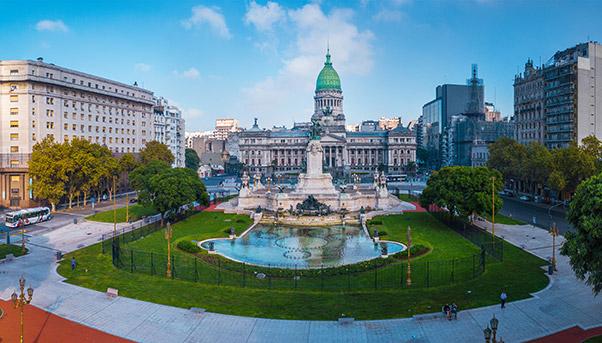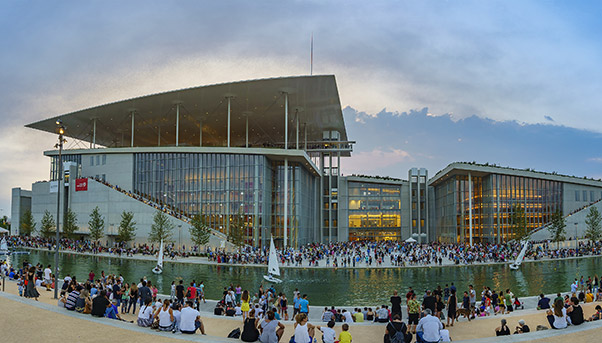
Four cities in search of new identities. Separated by history and culture, but united by the desire for a sustainable renewal.
Athens, Buenos Aires, Panama City and Copenhagen: different realities, some more complex than others. Athens, for example, is clawing its way back from Greece’s terrible economic crisis. Copenhagen, on the other hand, is at the forefront of urban trends with its aim of becoming the world’s first carbon neutral capital city.
Although each of these cities is following a different path, they have all chosen to invest in infrastructure that makes its mark by respecting the environment, spur development and change the lives of their residents. They have chosen different solutions, be they a large transport project or an iconic structure, such as the Stavros Niarchos Foundation Cultural Center in an Athens neighbor.
Athens: rebirth through an iconic structure
The centre, designed by Italian architect Renzo Piano and financed by the Stavros Niarchos Foundation, was built by a group of companies led by Salini Impregilo to create a new meeting place for art and cultural events and turn the Kallithea area into the image of a new Athens.
Just a stone’s throw away from the port of Piraeus, the Stavros Niarchos Foundation Cultural Center is more than an incredible piece of architecture because its unique design respects the highest levels of sustainability. This level of excellence has been recognized with some of most prestigious international awards for environmental sustainability. Among them are the European Solar Prize for 2017, the ENR Global Best Project Award for 2016, as well as Platinum Leadership in Energy and Environmental Design, which is the highest level of LEED certification. It is precisely this leadership that has made the centre a reference point for the city and its inhabitants. Inaugurated in 2016, the Stavros Niarchos Foundation Cultural Centre helped give a new look to part of a city that is committed to attracting foreign investors to boost economic growth. This is an achievable goal, as recently confirmed by the National Bank of Greece with its announcement tht foreign direct investment in the country rose 205% in January 2018, compared with the same month the previous year.
Now that Greece has emerged from the third and final bailout and is no longer under the supervision of the European Union, International Monetary Fund and the European Central Bank, strategic infrastructure will play a key role in its plans to relaunch its economy.
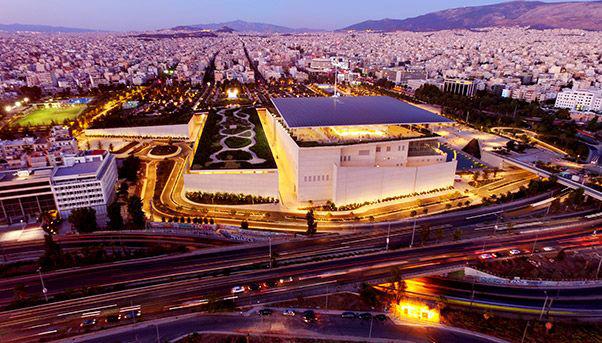
Panama City: a crossroads of people and trade
On the other side of the Atlantic Ocean, Panama City is also betting on strategic infrastructure. This nerve center for international trade and catalyst for ambitious investment projects has been gripped by an infrastructure upheaval. The construction boom of the 1990s redesigned the skyline to the point where it came to resemble Hong Kong or Manhattan. But the city has since become marred by a boom-and-bust cycle that has left entire floors of high-rise buildings uninhabited. It is several floors below ground, however, where Panama City is placing its bets on the future. The new Panama Canal, which opened in 2016, is an unmistakable signal to the world that the city has taken a new direction. The canal is double its previous size, enabling it to host enormous post-Panamax ships that have become a permanent feature of maritime trade. It achieves this while at the same time considerably reducing the amount of fresh water it uses compared to the previous, narrower canal. In terms of commercial impact, this new infrastructure has returned Panama City to its place at the center of world trade. Not only is it investing in the development of its two ports (one on the Atlantic coast, the other on the Pacific), but it is also betting on the city’s infrastructure and transport network. After completing Line 1 and Line 2 of its metro system, it recently launched a tender for construction of a third line capable of moving 22,000 people per hour that will connect the city centre with the airport as well as the outskirts beyond the canal. The project calls for a fourth bridge over the canal.
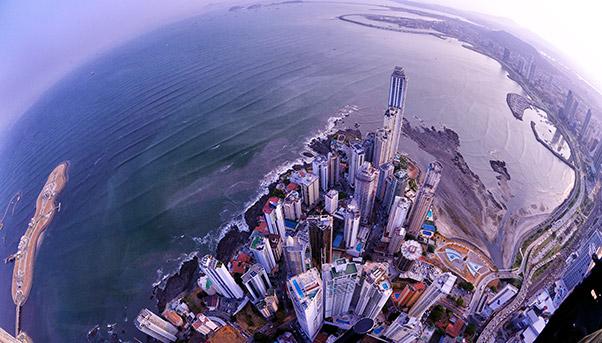
Copenhagen: goodbye to pollution with intelligent transport
Like Panama City, the Danish capital is also investing large sums in developing its public transport system. The city is experiencing a hubbub of activity that is transforming it into one of the most innovative metropolises on the international scene. Mayor Frank Jensen and the city council have set an ambitious goal: reduce emissions of carbon dioxide to turn Copenhagen into a carbon-neutral city by 2025.
To achieve this target, 75% of the population must get around either by foot, bicycle or public transport. The city already boasts 400 kilometres of bike paths, and 40% of commuters use them to cycle to work.
The new metro ring, Cityringen, will give the city a big boost towards reaching this goal. It is considered to be one of the most important infrastructure works ever undertaken in the city’s history. When it is up and running, it will carry more than 240,000 passengers a day (for a total of 72 million a year), representing 85% of residents. A significant change for the city, but also for Denmark, which aims for a spot in the world’s top rankings in terms of sustainability.
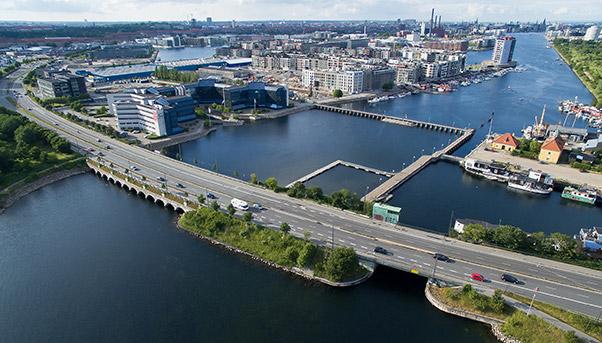
Buenos Aires: Big Highways for Residents
Sustainability and its impact on the quality of life is an issue that crosses all borders. Even in a city as complex as Buenos Aires, the protection of the environment and sustainable development are increasingly at the center of the political agenda and the best practices of large construction companies.
In July, the government announced a $262-million investment in a new 12-lane highway for the city. More projects will be unveiled at the third edition of the Argentina Infrastructure Summit in December, when plans for new strategic infrastructure works for the city and for Argentina will be released.
The highway project resembles the North Access Road that the government commissioned in 1993. The idea behind this earlier project was to help develop the northern part of the city and alleviate the flow of traffic entering the city from state roads and residential neighbourhoods in the periphery. It would also facilitate the weekend exodus.
The concession to operate the North Access Road after its construction included all of Avenida General Paz Avenida and Panamericana from the intersection with Avenida General Paz up to Campana. With the inclusion of other sections, the total length is 120 kilometres. Construction was completed in 2001.
